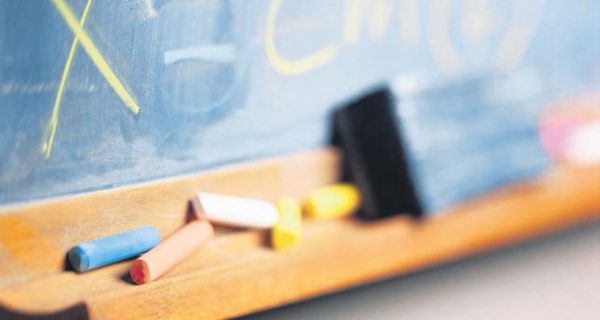In 1970, there were only a few alternative schools in operation in the United States.
They originated to serve a growing population of students who were not experiencing success in the traditional schools. Today there are thousands, and the number continues to grow. The term “alternative” is now used to define nearly every type of school imaginable, but many share certain distinguishing characteristics:
– Small size
– Close student-teacher relationship
– Student decision-making
– Diverse curriculum
– Peer guidance & Parental involvement
An alternative school, sometimes referred to as a mini school, or remedial school, is any public or private school having a special curriculum, especially an elementary or secondary school providing a more flexible program of study than a traditional school. Alternative schools is tailored towards students whose needs cannot be met in the traditional school such as underachievers who do not qualify for special education. Generally an alternative school serves as an extension to a larger traditional privately or publicly-run primary or secondary school, although similar programs exist in higher education settings that serve adults returning to school. They generally function as stand-alone schools, or in the case of mini schools, as a “school within a school”, where they are physically run within the walls of the larger school. Sometimes, particularly in the United States, the phrase alternative school can mean a school which practices alternative education. This is a much broader use of the term, covering all forms of non-traditional educational methods and philosophies, including school choice, independent school, home schooling, and alternative school as described in this article.
Purpose
The major goal of an alternative school is to offer opportunities for the students not succeeding in the traditional classroom setting to obtain academic credit, career exploration activities, vocational work experience, and extended teacher/peer support in an alternative setting where the unltimate goal is that of obtaining a diploma. This is done through approaches aimed at helping and encouraging at-risk students
Many of the methods utilized attempt to:
– Reduce the alienation and enhance the self-concept of at-risk students
– Provide at-risk students with increased access to desirable social roles
– Increase community and parental participation in the education of at-risk students
– Provide a flexible and integrated academic and vocationally oriented curriculum which focuses the importance of school in preparing for later life
– Provide students with a success-oriented program to obtain academic and employability skills in a school environment
– Provide a competency-based, self-paced program with clear quantifiable objectives. Instruction will be provided in a variety of ways best suited to the individual student’s needs
– Foster within students the responsibility for their own learning and the expectation that they will take an active role in setting their own goals

